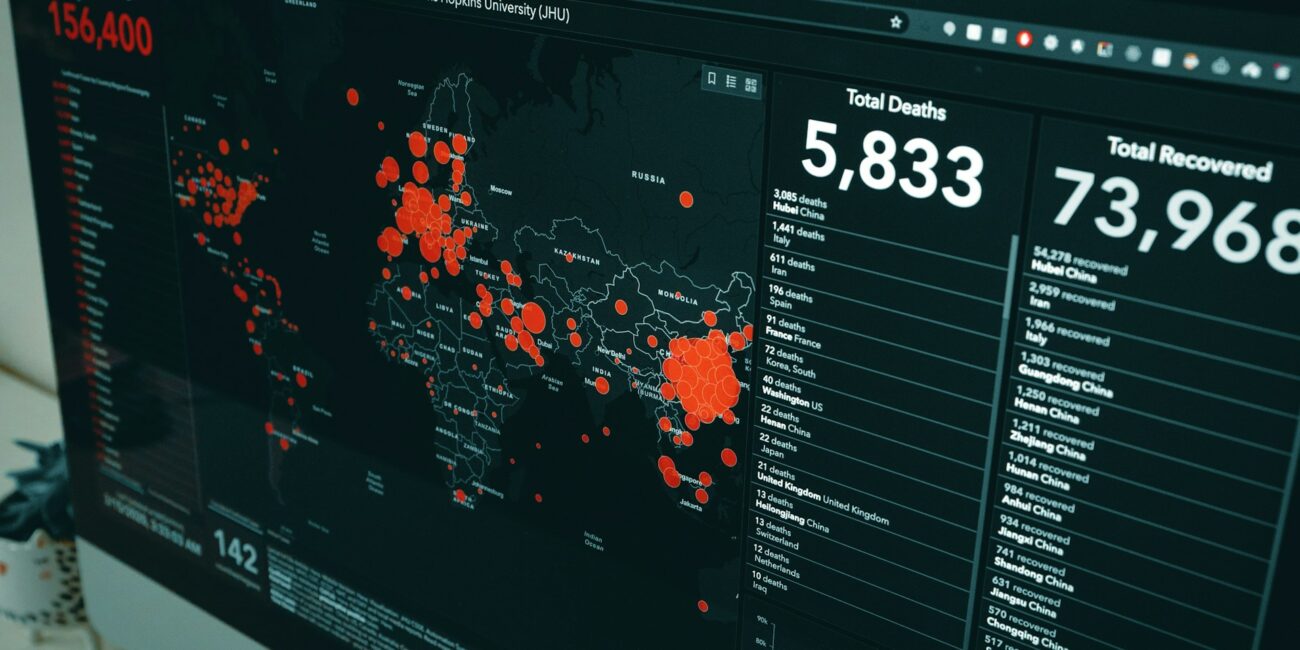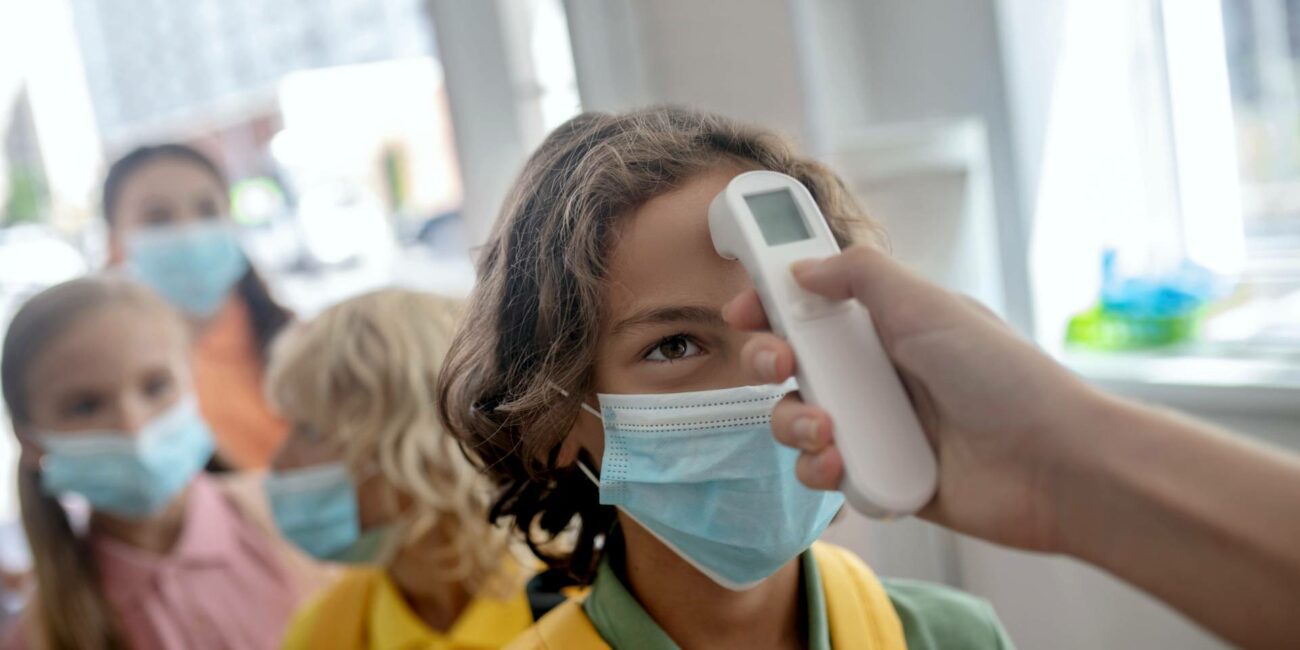The recent article by David Bell on the use of propaganda-like tactics to produce a “consensus” based on a hard-to-believe statement resonated with my own experience.
In the field of environmental research there are similarly difficult to accept statements being made. Not just with respect to climate change, but often on rather subtle and esoteric matters. I’d look at the results section of papers and I’d just see statistical noise and uncertainty. Then I’d contrast that with some of the firm conclusions reached. When I was less experienced, I got the impression that I was simply not capable of looking at the data from the right perspective as the more experienced “experts” did. I am no longer quite so insecure.
I have unfortunately become very cynical and see conclusions more in the light of looking at where the next grant may be coming from rather than how to advance real knowledge. The pernicious effect of this is the way conclusions from one paper then become uncritically cited in the introduction to the next and eventually become accepted as a consensus without anyone realising where it came from and re-analysing the data. A pertinent example is the presumed pathogenicity of the SARS-1 virus. This was never established except through repetition in introductory sections to papers.
After the SARS-1 panic the Chinese published several papers trying to explain why the Chinese CFR was lower than in other places. Note that this is always the CFR of people in hospital with severe illness. Not IFR. The Chinese CFR was around 3% in Guangdong. The Chinese were being defensive about underreporting of deaths and their forms of treatment. There were very few other papers published on the CFR, let alone the IFR. However, when you search for papers in the web of science you get hundreds of them repeating over and over again the mantra of 10% CFR in all the “deadly virus” phrases included in their introduction, not in the conclusions. This is found simply by dividing the number of reported deaths by the number of reported cases. No specifics on the diagnosis nor comorbidities are taken into account. Yet the people in the case studies are often seriously ill with other things.
For example this abstract “To analyse the case fatality ratio (CFR) and its risk factors for severe acute respiratory syndrome (SARS) in mainland China by using a comprehensive dataset of all probable cases.”
Methods: The data of all probable SARS cases were derived from the Infectious Disease Reporting System of the Center of Diseases Control and Hospital Information Systems, during the 2003 epidemic in mainland China. The definition of probable SARS case was consistent with the definition for clinically confirmed SARS issued by the Ministry of Health of the People’s Republic of China. We performed univariate and multivariate logistic regression analysis to determine the association of CFR with age, sex, residence location, occupation, the period of the epidemic and the duration from symptom onset to admission into hospital.
Results: The overall CFR was 6.4% among 5327 probable SARS cases in mainland China. Old age, being a patient during the early period of a local outbreak, and being from Tianjin led to a relatively higher CFR than young age, late stage of a local outbreak and cases from Beijing. Guangdong Province resulted in an even lower CFR compared with Beijing.
Conclusions: Because of their deteriorated health status and apparent complications, SARS patients aged > 60 years had a much higher risk of dying than younger patients. At the early stage of local outbreaks, lack of experience in patient care and perhaps treatment also led to a relatively higher CFR. The Tianjin SARS outbreak happened mainly within a hospital, leading to a high impact of comorbidity. The relatively young age of the cases partly explains the low CFR in mainland China compared with other countries and areas affected by SARS.”
And this from Canada: “Design, Setting, and Patients Retrospective case series involving 144 adult patients admitted to 10 academic and community hospitals in the greater Toronto, Ontario, area between March 7 and April 10, 2003, with a diagnosis of suspected or probable SARS. Patients were included if they had fever, a known exposure to SARS, and respiratory symptoms or infiltrates observed on chest radiograph. Patients were excluded if an alternative diagnosis was determined.
Main Outcome Measures: Location of exposure to SARS; features of the history, physical examination, and laboratory tests at admission to the hospital; and 21-day outcomes such as death or intensive care unit (ICU) admission with or without mechanical ventilation.
Results: Of the 144 patients, 111 (77%) were exposed to SARS in the hospital setting. Features of the clinical examination most commonly found in these patients at admission were self-reported fever (99%), documented elevated temperature (85%), nonproductive cough (69%), myalgia (49%), and dyspnea (42%). Common laboratory features included elevated lactate dehydrogenase (87%), hypocalcemia (60%), and lymphopenia,(54%). Only 2% of patients had rhinorrhea. A total of 126 patients (88%) were treated with ribavirin, although its use was associated with significant toxicity, including hemolysis (in 76%) and decrease in hemoglobin of 2 g/dL (in 49%). Twenty-nine patients (20%) were admitted to the ICU with or without mechanical ventilation, and 8 patients died (21-day mortality, 6.5%; 95% confidence interval [CI], 1.9%-11.8%). Multivariable analysis showed that the presence of diabetes (relative risk [RR], 3.1; 95% CI, 1.4-7.2; P=.01) or other comorbid conditions (RR, 2.5; 95% CI, 1.1-5.8; P=.03) were independently associated with poor outcome (death, ICU admission, or mechanical ventilation).
Conclusions: The majority of cases in the SARS outbreak in the greater Toronto area were related to hospital exposure. In the event that contact history becomes unreliable, several features of the clinical presentation will be useful in raising the suspicion of SARS. Although SARS is associated with significant morbidity and mortality, especially in patients with diabetes or other comorbid conditions, the vast majority (93.5%) of patients in our cohort survived“.
Note that in SARS the patients being treated were a self-selected group who went to hospital already under the impression that they were very ill from a deadly virus. There was no community testing. I guess if the same had applied to SARS-2 the same sort of CFR would have applied. However, in all the literature on virology, SARS-1 is treated as a highly pathogenic, low transmission virus.
Yet serological studies found the sequence in populations with no symptoms reported.
One states:
“Of all exposed HCWs, 7.5% had asymptomatic SARS-positive cases”
And Woo PC, Lau SK, Tsoi HW, Chan KH, Wong BH, Che XY, et al. Relative rates of non-pneumonic SARS coronavirus infection and SARS coronavirus pneumonia state that
“Our findings support the existence of subclinical or non-pneumonic SARS-CoV infections. Such infections are more common than SARS-CoV pneumonia in our locality”
So in reality, if anyone had gone through the literature with a critical eye in 2020, after reading that the ICTV had classified the “novel sequence” as SARS, they could have found that a realistic estimate for the IFR of SARS was below 1% and that SARS was an illness of the old and comorbid. They could have said “Don’t worry Ferguson, it’s only SARS!”
But people still seem to believe that SARS-1 was “controlled” by the far less stringent and very haphazard measures adopted in 2003, such as masks, which were assumed to have worked back then, but were not widely used anyway, and certainly not outside Asia.




